by Angie Lavezzo, CFSA Communications Coordinator | Wednesday, Sept. 29, 2021 –
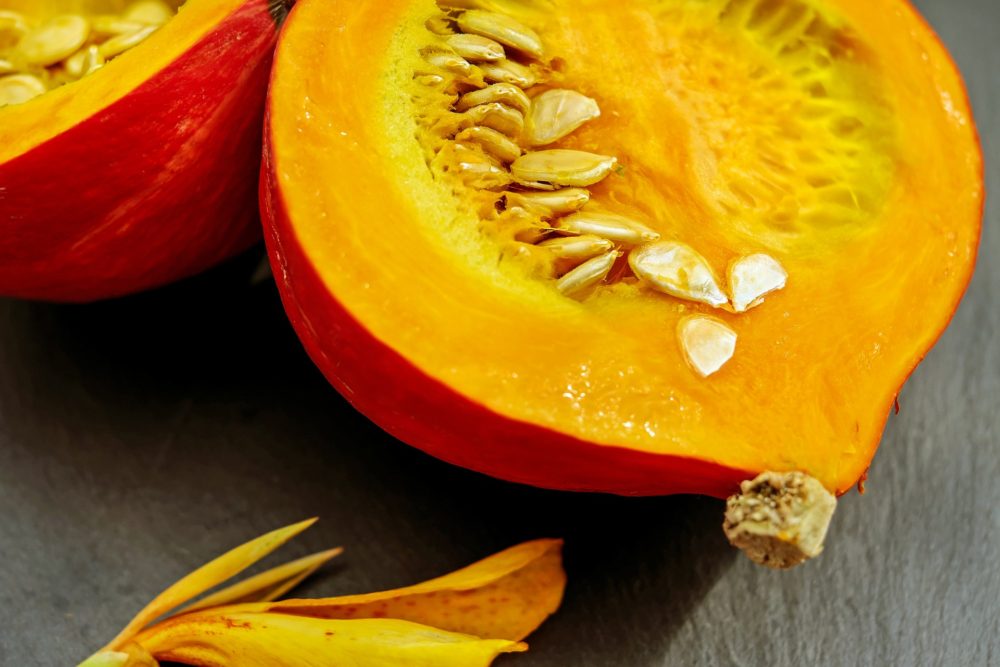
It’s no secret that as growers in the Southeast, unique challenges are present here that are not in other parts of the country. We tend to have more bug pressure than other regions. Our rainfall is increasingly unpredictable, waffling between drought and monsoon. The fungal issues brought on by our humidity levels are a special kind of frustration.
Maybe these are good reasons not to bother with the extra step of saving seeds on our farms. Still, I passionately make the case that these environmental factors we are always learning from are precisely why we should be saving our seeds. Sure, it’s one more thing to add to the long list of tasks to be planned and managed. With just a few additions to the harvest calendar, the job is very manageable, enjoyable, can save money—and can even make money, helping to diversify farm income.
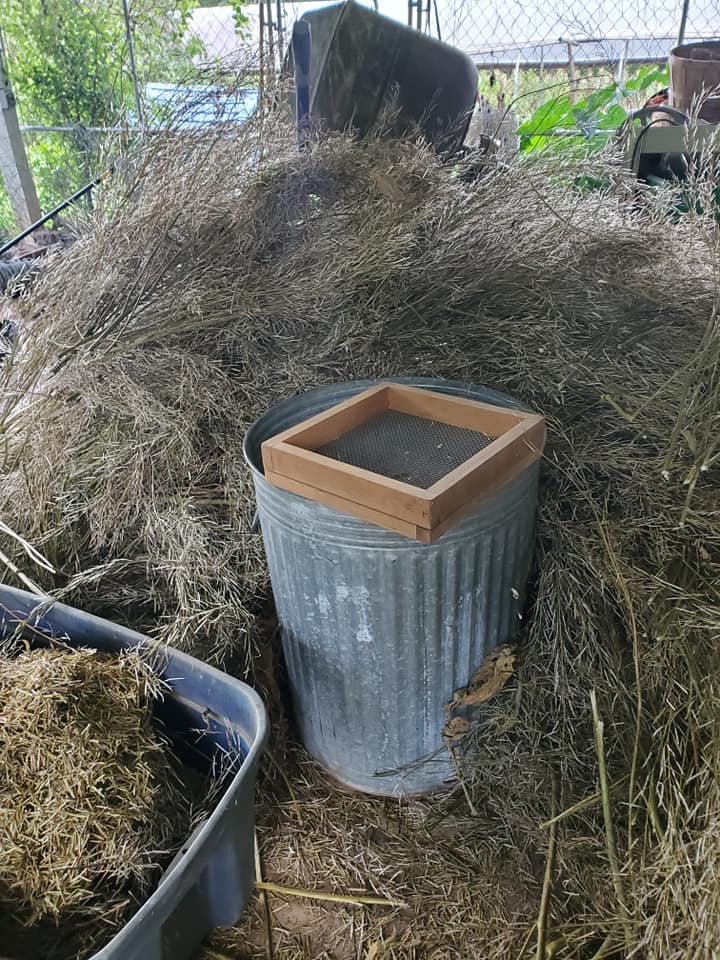
Grower Rodger Winn has gathered mustard seed to clean.
Adapting Seed to the Southeast
Saving seeds from healthy and thriving plants on our farms means we are selecting crop traits that will become increasingly adapted to high humidity, pressure from heat-loving bugs, and unreliable moisture. These are benefits that purchased seed cannot provide. Even local seed companies cannot grow all their seeds themselves. Saving from high-loss or high-spray crops like squash, tomatoes, eggplant, and basil, among others, can be a practical next step in your farm plan.
The majority of seed crops are grown outside of the Southeast region, which also means a remarkably high loss of diversity. This offers fewer opportunities for finding cultivars that will do well in our bioregion or show resilience to climate change. Chris Smith, Executive Director of The Utopian Seed Project, says “we’re exploring varietal diversity in traditional Southern crops to see and showcase the genetics that already exist, but then we’re also making selections and saving seeds for the varieties that will do best in our region, especially as the climate warms and weather events because more extreme.”
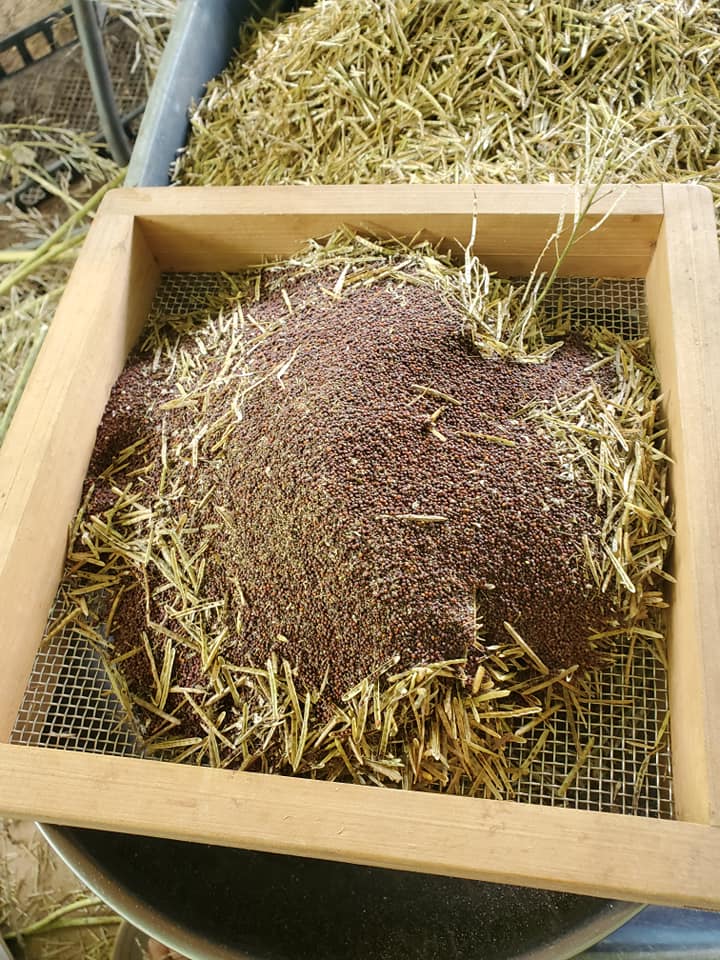 Here, Rodger used a screen to clean seed from the chaff.
Here, Rodger used a screen to clean seed from the chaff.
Diversify Farm Income
Growing seeds to sell can be a rewarding way to diversify your farm income. Ira Wallace of Southern Exposure Seed Exchange suggests that seed crops can be an easy addition if you make them part of your crop plan. “Some crops can be double dipped too, the farmer can harvest for market and leave about 25% of the flowers or fruits to go to seed maturity, and then you get paid twice,” Ira says. Flower and herbs are excellent examples of double-dipping and continually harvested crops like tomatoes, peppers, cucumbers, and summer squash. In some cases, like shallots and garlic, a grower can make more money selling their harvest as seed bulbs than they would at the market to eat.
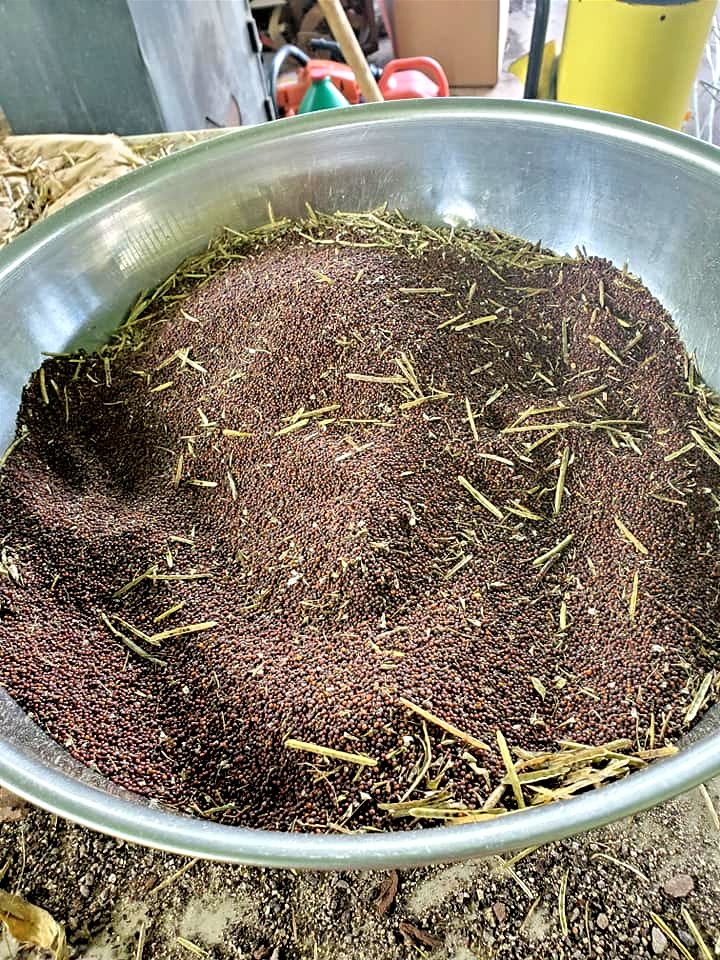
Seeds are easy to clean but often take a few trips through the screens to be free of chaff.
Save Money
Even if growing seed to sell is not your cup of tea, you can still save money by saving seed yourself. It is quite easy, too. “If you are a farmer, saving seed can save you money, help you adapt your crops to your farm and environment, and preserve the seeds of unique varieties. There are many free resources to help you learn how to save seed, including this general guide on seed saving, these many crop-specific seed saving guides, and these publications with tips for growing seed in the Southeast” notes Jared Zystro, Organic Seed Alliance‘s Research and Education Assistant Director.
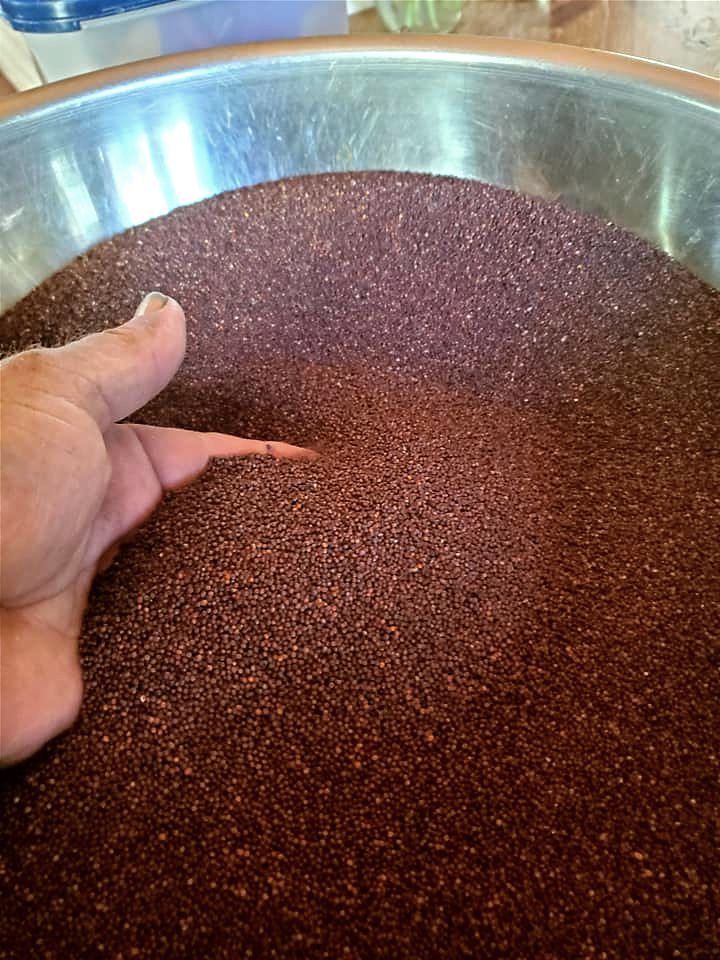
Here, Rodger has many pounds of cleaned seed ready to sell to seed companies.
Learn More?
Attend the Southeast Seed Growing Intensive on Nov. 15, 2021! As part of the 2021 Sustainable Agriculture Conference, CFSA will host Southeast Seed Growing, an all-day intensive on Nov. 15 at Franny’s Farm in Asheville, NC. The intensive will be led by Ira, Chris, Jared, as well as Jason Roland of Organically Roland, and Gabrielle Carter, founder of Tall Grass Food Box. This workshop will cover the basics of seed saving, including the craft’s technical, practical, and economic aspects. The speakers will also talk about the importance of seed saving as cultural preservation.
And as Lee Barnes, a lifelong seed saver, quips, “I’m very concerned with what happens when a seed source dies. That is cultural history that can’t be reproduced.”
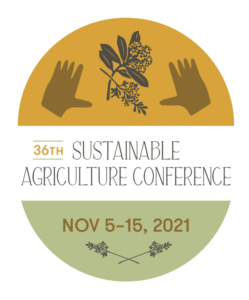 Since 1986, CFSA’s annual Sustainable Agriculture Conference has drawn farmers, foodies, researchers, educators, and activists for a celebration of innovation in local sustainable agriculture.
Since 1986, CFSA’s annual Sustainable Agriculture Conference has drawn farmers, foodies, researchers, educators, and activists for a celebration of innovation in local sustainable agriculture.
In 2021, the ten-day conference will be in two formats: virtual and on-farm intensives. All virtual workshops will be a blend of formal presentations, panels, discussions, and Q&As with speakers from the Carolinas and beyond.
Whether it’s curiosity about this seed growing intensive, what other exciting workshops you can count on watching, or how to register today, learn more over on our conference website!



